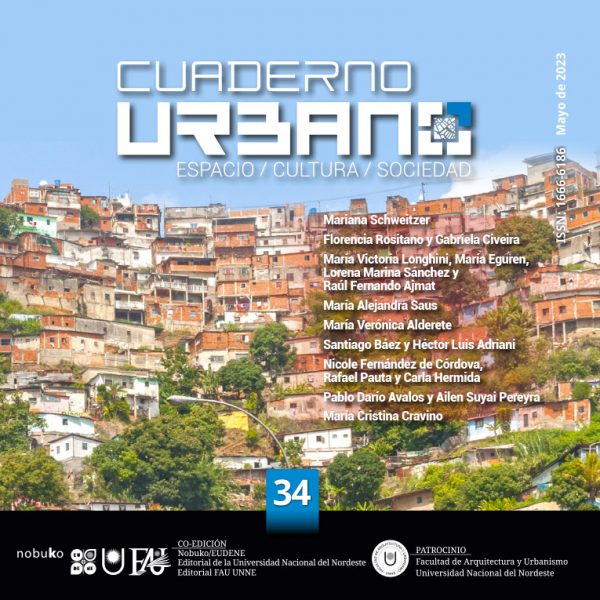Gentrification in the framework of capitalism. Two cases: the Colón corridor and the Güemes neighborhood in the city of Córdoba (Argentina)
DOI:
https://doi.org/10.30972/crn.34346559Keywords:
Real estate promotion, gentrification, urban transformations, CórdobaAbstract
For decades, urban transformations have been taking place in Latin American cities that respond to capitalist logic. From the gentrification paradigm, two cases are analyzed in the city of Córdoba (Argentina), the Colón corridor and the Güemes neighborhood. The common characteristic of both is that the modifications produced an increase in the value of the land and changes in its use (from residential to commercial) together with population with higher economic income. The objective is to describe the particularities of the process. The methodology is qualitative and quantitative, it is described and analyzed real estate strategies (valuation attributes), the role of the State (regulatory and infrastructural changes) and how it is articulated with the increase in value of urban land and built space. As conclusions, it is identified: gentrification takes place in central, intermediate and peripheral areas, furthermore the real estate developers, the State and architectural design deepen the process.
Downloads
Downloads
Published
Issue
Section
License
CUADERNO URBANO sustains its commitment to the Open Access policies for scientific information, on account of the fact that both scientific publications and public funded research must circulate freely on the Internet and without restrictions.
CUADERNO URBANO ratifies the Open Access model in which the contents of scientific publications are available in full text free of charge on the Internet, without temporary embargoes, and whose editorial production costs are not transferred to the authors. This policy proposes breaking down the economic barriers that generate inequities both in access to information and in the publication of research results.





.jpg)








